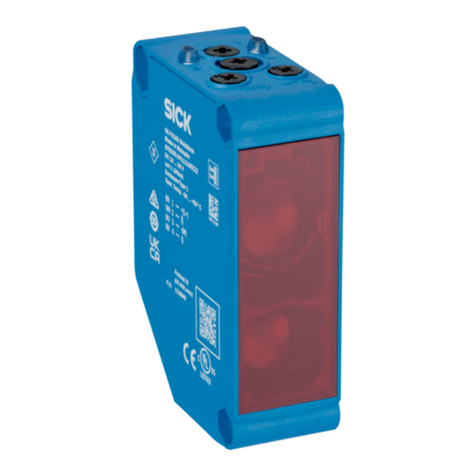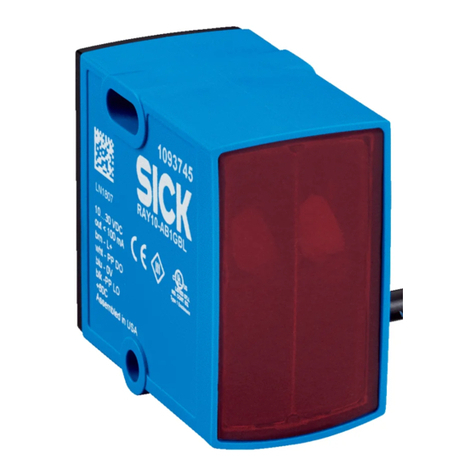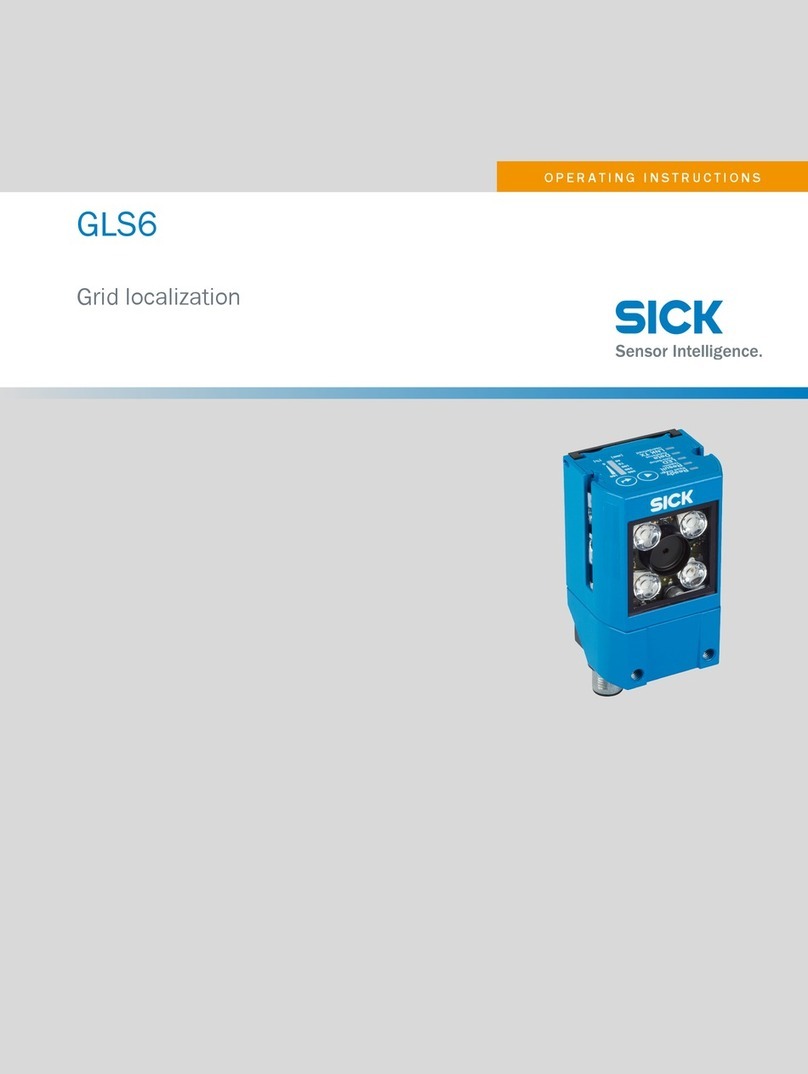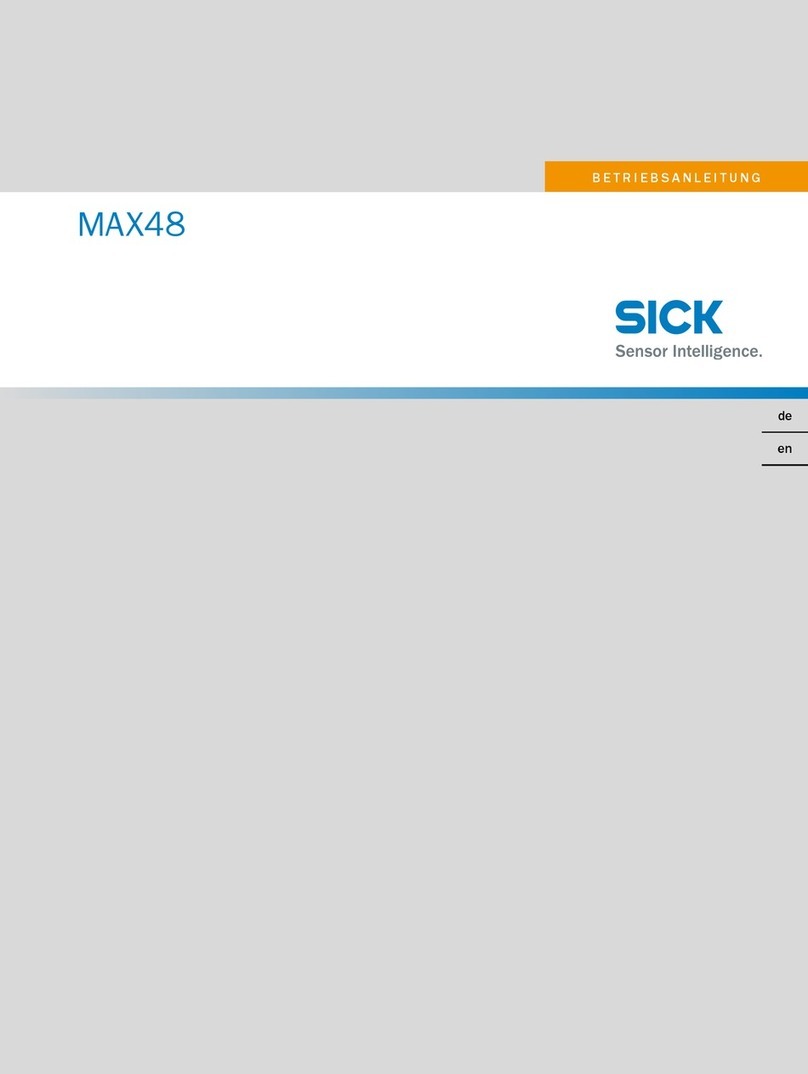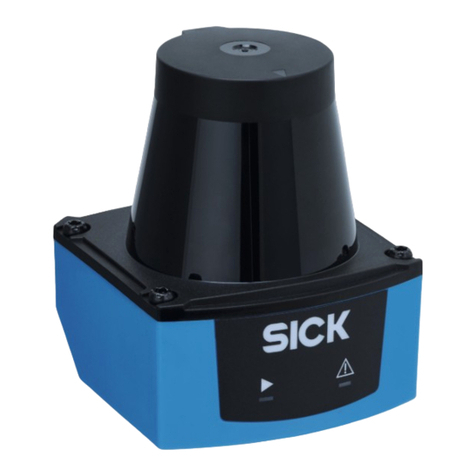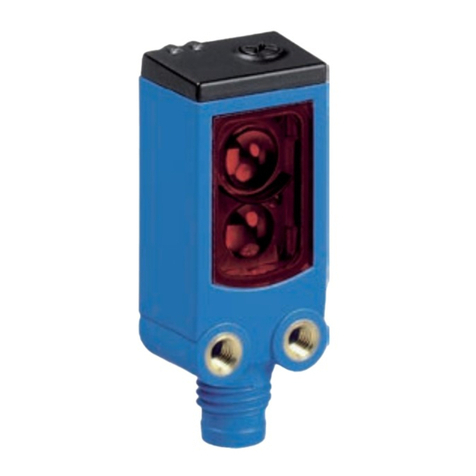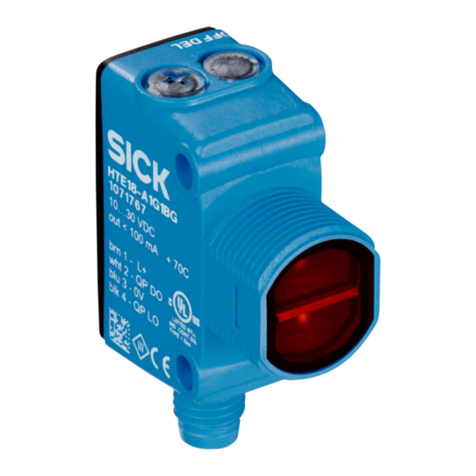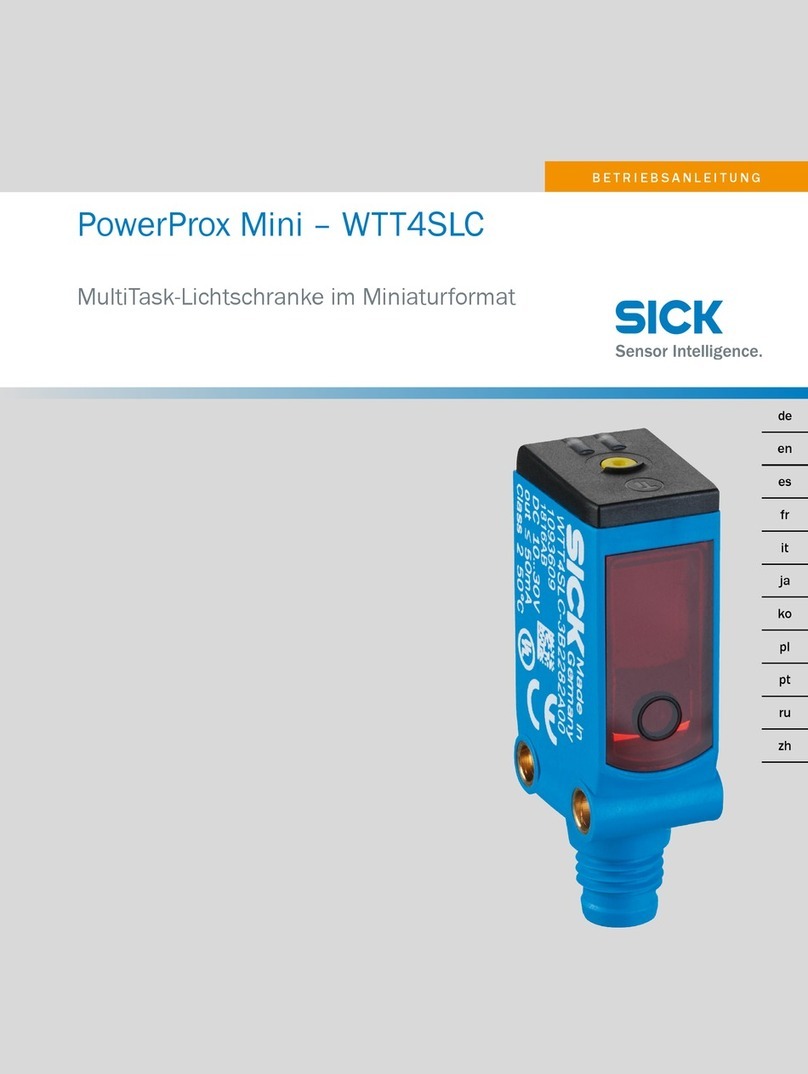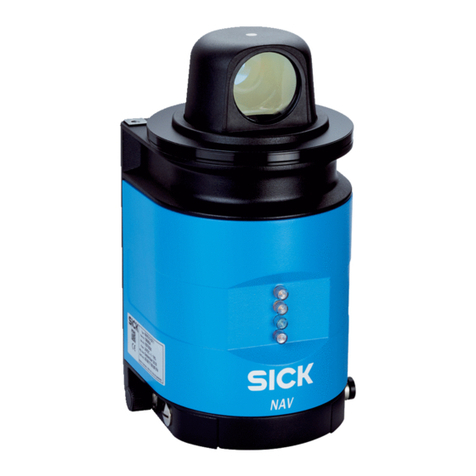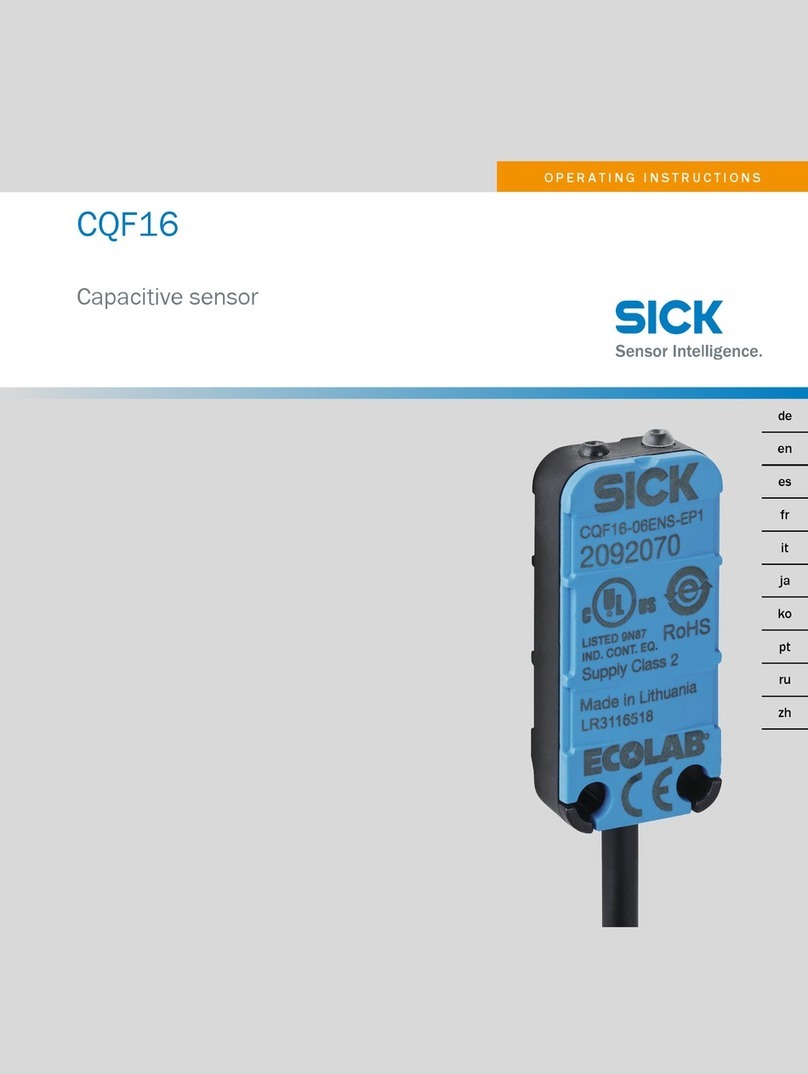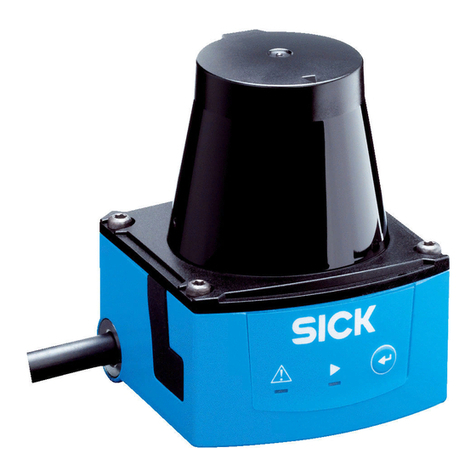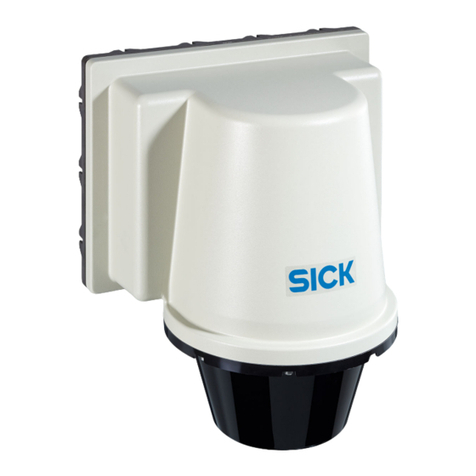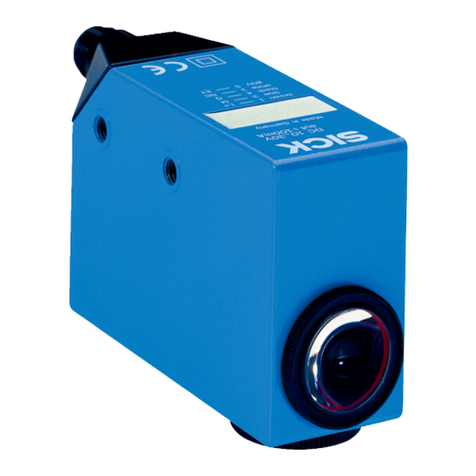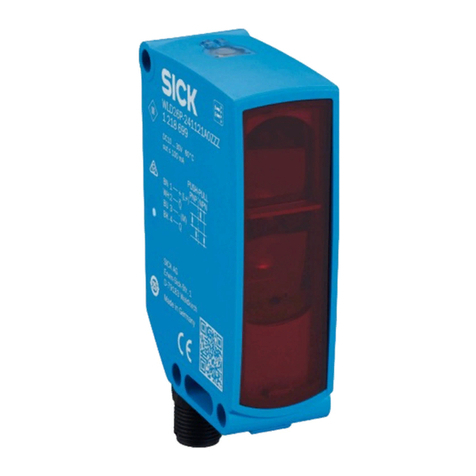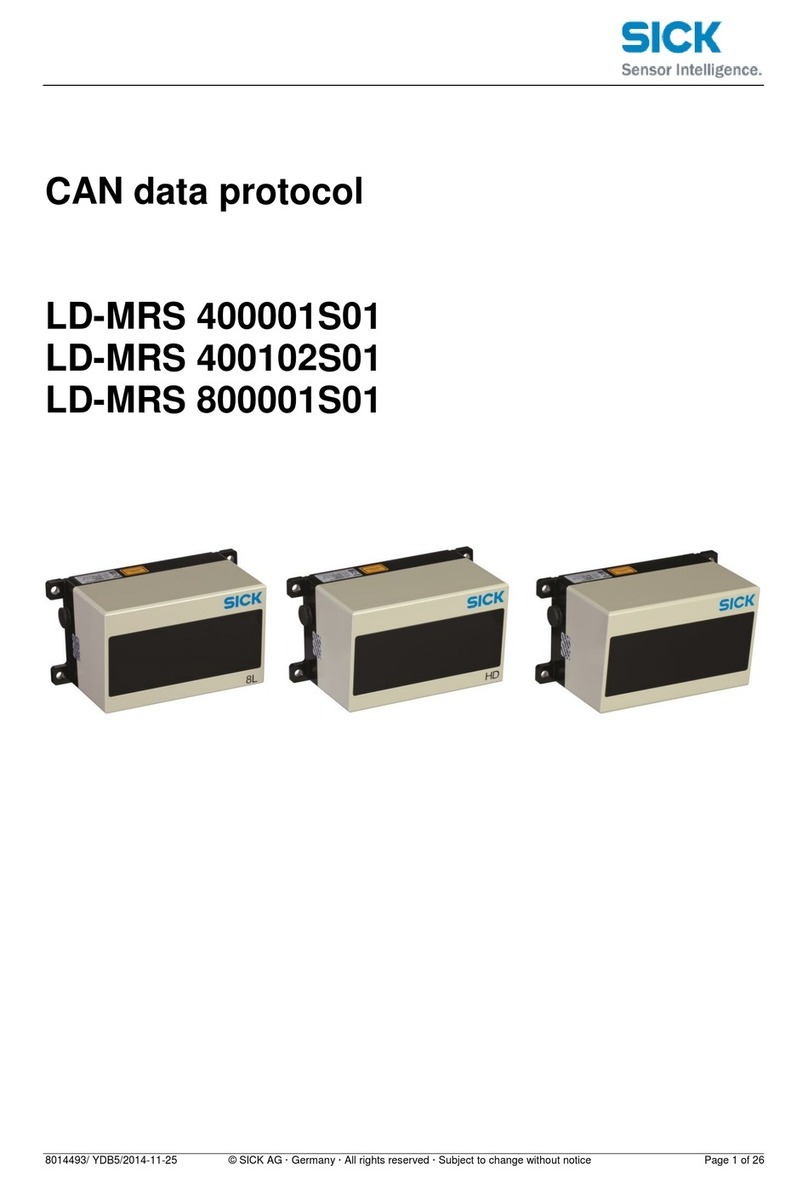
7.3 Operation via web browser (SOPASair).................................................... 29
7.3.1 Determining the device IP address......................................... 29
7.3.2 Connecting via the web browser............................................. 29
7.3.3 Overview of SOPASair.............................................................. 30
7.3.4 Monitoring................................................................................ 31
7.3.5 Measurement........................................................................... 31
7.3.5.1 Setting diffuse or specular reflection.................... 32
7.3.5.2 Determining the measurement type..................... 32
7.3.5.3 Teaching in the zero point...................................... 33
7.3.5.4 Setting the sampling duration............................... 33
7.3.5.5 Synchronizing several OD5000 sensors............... 34
7.3.5.6 Determining the direction of detection................. 34
7.3.5.7 Checking the light distribution curve and peaks.. 35
7.3.6 Settings for channels A–D...................................................... 36
7.3.6.1 Setting the measurement value filter.................... 36
7.3.6.2 Setting the Hold function....................................... 38
7.3.6.3 Setting the alarm (action in case of incorrect
measurements)....................................................... 41
7.3.7 I/O channels............................................................................. 42
7.3.7.1 Setting limits........................................................... 42
7.3.7.2 Setting the hysteresis............................................. 42
7.3.7.3 Setting the switch-on delay (On Delay).................. 43
7.3.7.4 Setting the switch-off delay (Off Delay)................. 43
7.3.7.5 Setting the calibration............................................ 44
7.3.7.6 Setting One shot..................................................... 45
7.3.8 I/O settings input (MF)............................................................ 46
7.3.8.1 Setting the polarity................................................. 46
7.3.8.2 Setting the switching function................................ 46
7.3.8.3 Setting the debounce............................................. 47
7.3.9 Device....................................................................................... 47
7.3.9.1 Deactivating the measurement laser.................... 47
7.3.9.2 Resetting the device to factory settings................ 47
7.3.9.3 Setting the sensor time.......................................... 47
7.3.9.4 Device identification............................................... 47
7.3.9.5 Saving the configuration........................................ 47
7.3.9.6 Loading the configuration...................................... 48
7.3.10 Communication........................................................................ 48
7.3.10.1 Communication settings........................................ 48
7.3.10.2 Network settings..................................................... 49
7.3.11 Recording................................................................................. 50
7.3.11.1 Formatting settings................................................. 50
7.3.11.2 Starting and testing the recording......................... 50
7.3.11.3 Determining the allocation..................................... 51
7.3.11.4 Setting the interval................................................. 51
7.3.11.5 Setting the start conditions................................... 51
7.3.11.6 Defining the threshold............................................ 51
CONTENTS
4O P E R A T I N G I N S T R U C T I O N S | OD5000 8021391//2017-10-06 | SICK
Subject to change without notice

